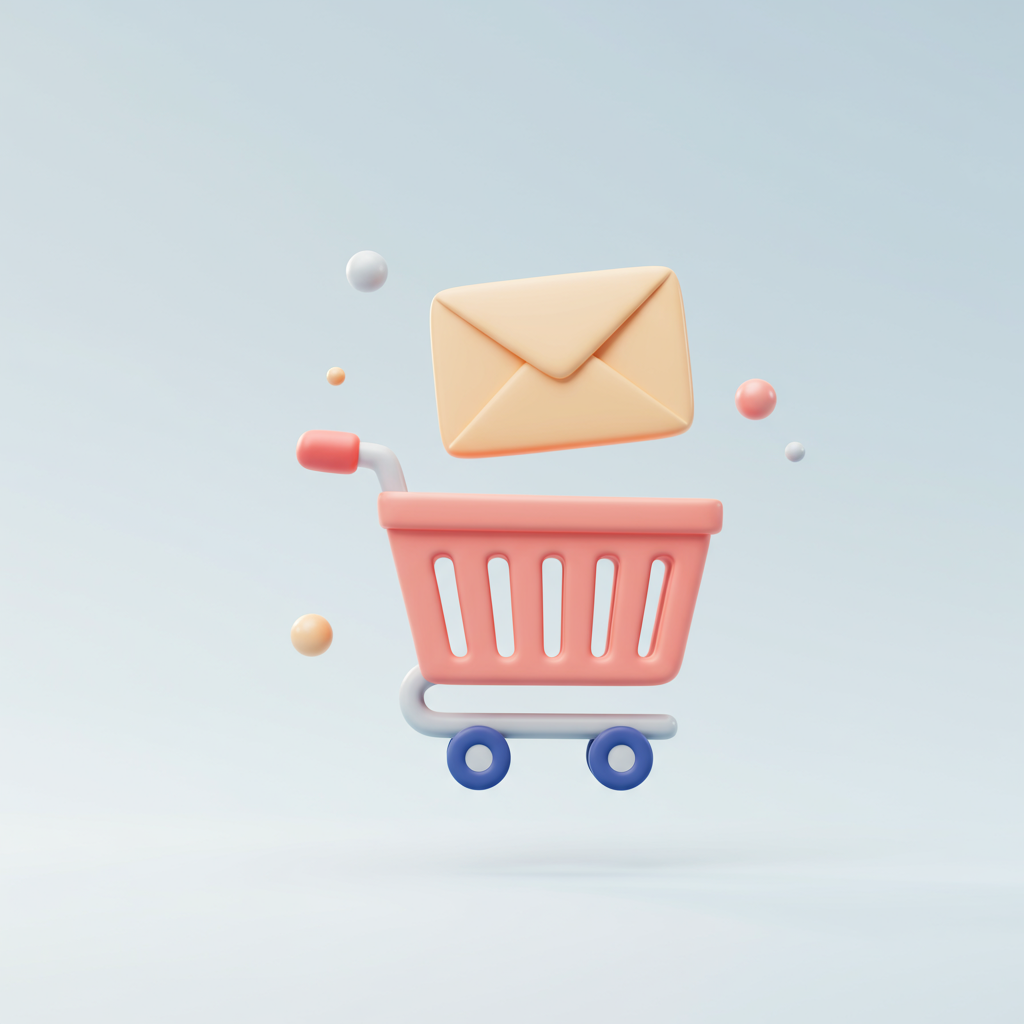Turning Lost Sales into Loyal Customers with Strategic Email Campaigns
As a Shopify merchant, I know the thrill of a sale. But I also know the sting of an abandoned cart. It’s a universal experience in e-commerce.
Customers browse, add items to their cart, and then, for various reasons, they leave without completing their purchase. It’s like they were right at the finish line, then just walked away.
This isn’t just a minor annoyance; it represents significant lost revenue. Industry statistics consistently show that a large percentage of online shopping carts are abandoned.
For my Shopify store, this means potential sales are slipping through my fingers every single day. But there’s a powerful tool we can use to recover these sales: the abandoned cart email.
An abandoned cart email isn’t just a reminder; it’s a strategic communication designed to re-engage potential customers and guide them back to their purchase.
I’ve spent a lot of time refining my own abandoned cart strategy, and I want to share what I’ve learned to help you boost your own recovery rates.
The first crucial element is timing. When should you send that initial reminder? I’ve found that sending the first email within 30 minutes to an hour of abandonment is highly effective.
This timing catches the customer while their interest is still fresh, before they’ve moved on to other tasks or forgotten about your products entirely.
My second email typically goes out around 24 hours later. This one often includes a gentle nudge or addresses common hesitations.
And if they still haven’t converted, a third email might be sent 48-72 hours after the initial abandonment, often with a stronger incentive.
Now, let’s talk about the content of these emails. For the first email, keep it simple and direct. Remind them what they left behind.
Include clear images of the products in their cart. Personalize it with their name and a friendly tone. The call to action (CTA) should be prominent: “Complete Your Order” or “Go Back to Your Cart.”
The second email is where I start to add more value. This is a great place to address potential objections.
Think about why someone might abandon a cart: shipping costs, trust issues, or simply needing more information.
I often include social proof here, like customer testimonials or links to product reviews. Highlighting key benefits of the product or your brand’s unique selling propositions also works well.
For the third email, if I’m going to offer an incentive, this is usually when I do it. A small discount code, like 10% off, or free shipping, can be the push they need.
Be careful not to offer discounts too early, as customers might learn to abandon carts just to get a deal. Use incentives strategically.
Personalization goes beyond just using their name. Dynamically inserting the exact items they left in their cart is essential. Shopify’s built-in features or apps make this straightforward.
Your subject lines are critical. They need to be compelling enough to get opened. I experiment with different approaches: “Did you forget something?”, “Your cart is waiting!”, or even a benefit-driven line.
Make sure your call to action buttons are large, clear, and stand out. Use action-oriented language.
Visuals are also key. High-quality product images in the email remind them of what they almost bought. Ensure your branding is consistent with your store.
Don’t forget mobile optimization. A vast number of customers browse and shop on their phones. Your emails must look perfect and be easy to navigate on any device.
I also recommend segmenting your abandoned cart emails. For example, high-value carts might warrant a slightly different approach or a more generous incentive.
A/B testing is your best friend. Test different subject lines, different offers, different timings, and even different email layouts. What works for one store might not work for another.
Always ensure you’re excluding customers who have already completed their purchase. There’s nothing more frustrating than getting an abandoned cart email after you’ve already paid.
Finally, regularly review your analytics. Look at open rates, click-through rates, and most importantly, conversion rates from your abandoned cart emails. This data will guide your optimizations.
Shopify’s native abandoned checkout recovery feature is a good starting point, but I’ve found that dedicated apps often offer more advanced customization, segmentation, and A/B testing capabilities.
Implementing a robust abandoned cart email strategy has been a game-changer for my Shopify store. It’s about nurturing those almost-customers and turning them into loyal buyers.
It’s an investment of time that pays dividends, directly impacting your bottom line. Don’t leave money on the table!
What do you think about these tips? Have you found success with your own abandoned cart strategies? I’d love to hear your thoughts.






